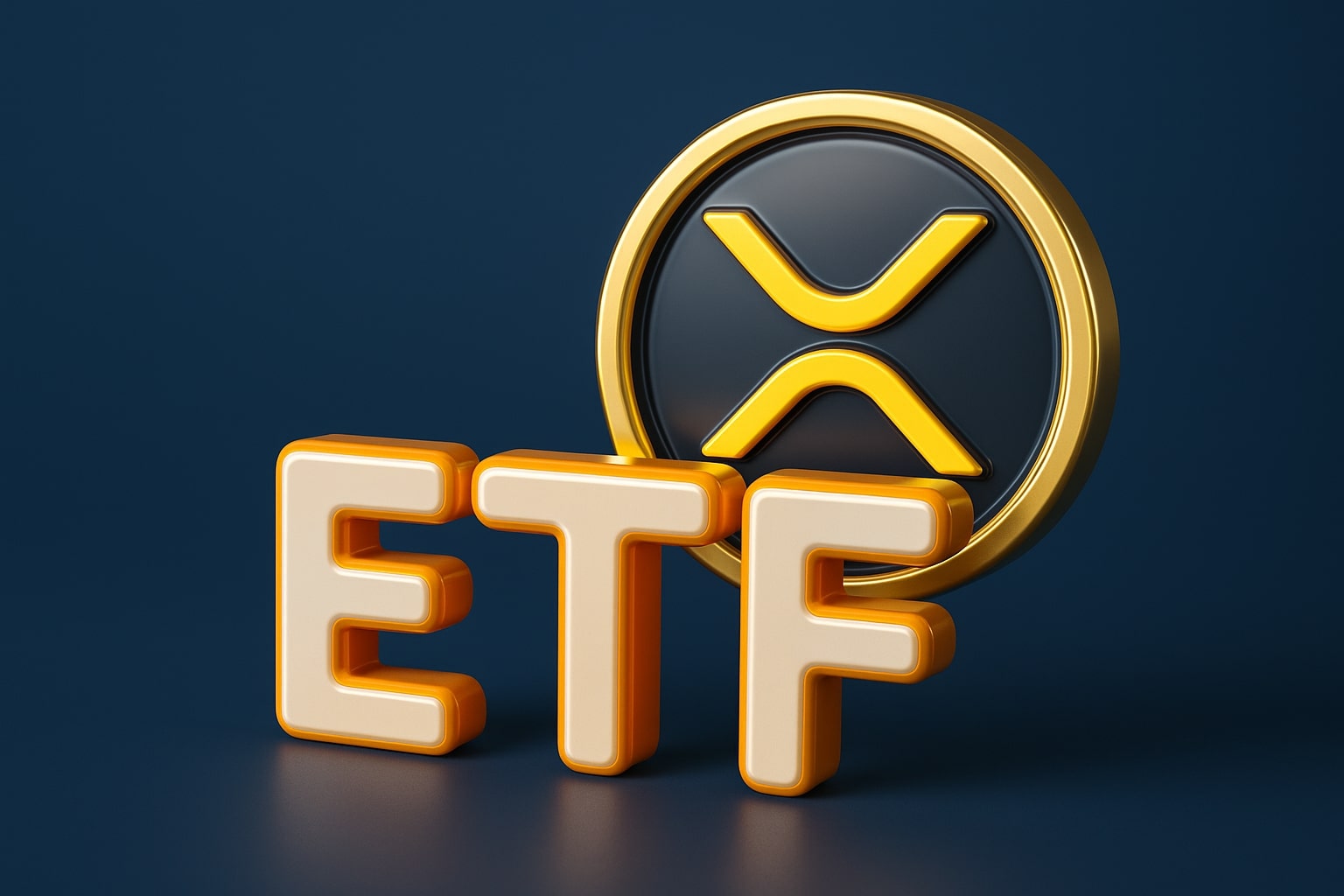Bitcoin ETF Inflows Signal Institutional Re-Entry as BTC-USD Rebounds Above $113,000
Massive ETF Turnaround After $755 Million in Withdrawals
Bitcoin (BTC-USD) has reasserted its dominance after one of the most volatile weekends of 2025. The digital asset surged back toward $113,000, recovering from a heavy drawdown that erased over $500 billion from the crypto market just days earlier. The rebound coincided with a sharp rotation in exchange-traded fund (ETF) flows — a combined $338.8 million poured back into U.S. spot Bitcoin and Ethereum ETFs on October 14, according to SoSoValue data.
The inflows reversed a brutal session that had seen $755 million in redemptions the day before. Fidelity’s Wise Origin Bitcoin Fund (FBTC) led the rally with $132.67 million in new allocations, followed by Bitwise’s BITB at $7.99 million, while BlackRock’s iShares Bitcoin Trust (IBIT) reported moderate outflows of $30.79 million. Altogether, the rebound erased half of last week’s losses, reflecting a sharp recovery in institutional sentiment.
Institutional Accumulation Beneath the Volatility
The renewed inflows highlight how professional investors are treating volatility as opportunity. CoinShares reported $3.17 billion in digital-asset fund inflows last week despite the liquidation of over $20 billion in leveraged positions across exchanges. This behavior — buying into weakness — mirrors classical institutional accumulation patterns observed during past cyclical transitions.
Ivo Georgiev, CEO of Ambire, described the rebound as “the first clear sign that long-term capital is rebuilding positions under the surface.” Data supports that view: short-term Bitcoin holders (wallets under one month old) expanded holdings from 1.6 million BTC to 1.87 million BTC in just a few days, signaling fresh market entries rather than speculative rotation.
Cathie Wood’s ARK Invest Expands Its Bitcoin ETF Lineup
Adding to this resurgence, Cathie Wood’s ARK Invest has submitted three new Bitcoin ETF filings to the U.S. SEC, diversifying beyond its flagship ARK 21Shares Bitcoin ETF (ARKB). The proposed funds include:
-
ARK Bitcoin Yield ETF, designed to generate income through covered-call and option-premium strategies.
-
DIET Bitcoin 1 ETF, providing 50% downside protection with capped upside participation.
-
DIET Bitcoin 2 ETF, offering 10% downside protection while capturing gains once Bitcoin exceeds quarterly benchmarks.
The filings come amid explosive growth across the ETF industry. The U.S. market hit $12.7 trillion AUM at the end of September, marking 41 consecutive months of inflows and more than $951 billion YTD net creations. This expansion solidifies digital-asset ETFs as a mainstream investment channel, with Bitcoin funds now controlling $153.55 billion — equal to 6.8% of Bitcoin’s total market capitalization.
Macroeconomic Catalysts Fuel Risk Appetite
Monetary conditions have shifted decisively. Federal Reserve Chair Jerome Powell signaled an imminent pause in balance-sheet reduction, citing softening labor data and slowing inflation. Traders now expect rate-cut discussions to emerge by early 2026. Lower yields are reviving demand for risk-sensitive assets, including Bitcoin and Ethereum, while also triggering a rotation out of cash-equivalents and into yield-bearing ETFs.
Meanwhile, global tensions continue to underpin Bitcoin’s appeal as a non-sovereign asset. China’s sanctions against five U.S.-linked Hanwha Ocean subsidiaries in retaliation for maritime tariffs have intensified U.S.–China trade friction. The event reinforced safe-haven demand, pushing gold to a new record at $4,179.95 per ounce, and simultaneously lifting Bitcoin as investors diversified geopolitical exposure.
Technical Structure: Support Holds Firm Above $109,000
Technically, BTC-USD maintains its bullish structure. The 200-day moving average, now trending near $106,800, has provided consistent downside support. Price clusters around $108,500 to $110,000 show sustained institutional absorption — an area confirmed by futures open-interest data.
Immediate resistance lies at $114,800, followed by $118,600 and the Q4 psychological barrier of $120,000. If ETF inflows maintain their current daily average of $120 million or more, a breakout toward $135,000 – $145,000 remains technically feasible by year-end.
Ethereum ETFs Extend Rally as Multi-Asset Participation Broadens
Ethereum mirrored Bitcoin’s recovery with $236.22 million in new inflows. Fidelity’s FETH led at $154.62 million, followed by Grayscale’s ETHE ($34.78 million) and Bitwise’s ETHW ($13.27 million). Total assets under management across Ethereum ETFs climbed to $28.02 billion, representing 5.6% of ETH’s market cap.
The synchronized recovery between BTC and ETH underscores sector-wide conviction. Cross-chain ETF participation implies that allocators are not simply chasing momentum but constructing diversified exposure to the digital-asset class as a whole.
Stablecoin Liquidity and the Institutional Foundation
Stablecoins have quietly become the backbone of the current crypto liquidity cycle. Q3 2025 marked their strongest quarter in history, with $45 billion added to aggregate supply and $15.6 trillion in on-chain transfer volume. USDT, USDC, and USDe accounted for 84% of all new issuance, confirming institutional reliance on dollar-pegged liquidity instruments for ETF arbitrage, settlement, and cross-exchange hedging.
This vast liquidity pool supports ETF creations and redemptions, lowering slippage and enabling sustained inflows even amid volatility. It also explains why both Bitcoin and Ethereum ETFs rebounded swiftly after the liquidation wave — funding capacity remained intact.
Market Sentiment and Accumulation Phase Confirmation
The Fear & Greed Index, which plunged to 28 during the sell-off, recovered to 36, marking a transition from panic to cautious accumulation. ETF volumes above $6.9 billion per day, alongside rising stablecoin supply, reveal that institutional desks remain active. Analysts from multiple trading firms describe the current environment as an early-cycle “build-up phase,” where deep-pocket allocators absorb supply while retail sentiment lags behind.
ETF strategist Eric Balchunas highlighted that total digital-asset ETFs could surpass $1 trillion in AUM “by the end of the week,” given the $30 billion-per-week inflow velocity. Should that materialize, it would eclipse last year’s all-time record and confirm crypto’s integration into traditional portfolio flows.
Bitcoin’s Structural Role in the 2025 Financial Cycle
Bitcoin has evolved from a speculative instrument into a macro-sensitive liquidity barometer. With 6.8% of supply now held through regulated ETFs and institutional balances on exchanges shrinking, BTC serves as both a hedge against fiscal instability and a liquidity magnet when rate expectations shift dovishly.
Despite the volatility, the market structure remains historically strong: realized price ≈ $102,600, short-term holders ≈ 1.87 million BTC, and open interest ≈ $72.74 billion. These metrics indicate that speculative leverage has been flushed while real ownership deepens — a configuration that typically precedes a sustainable advance.
Final Assessment: BTC-USD — Buy on Strength
Considering renewed ETF inflows, macro easing signals, record stablecoin liquidity, and structural support near $109,000, Bitcoin (BTC-USD) enters Q4 2025 positioned for continuation. Institutional demand has not only returned — it has evolved, now operating through regulated channels with predictable inflow mechanics.
Price stability above $110,000 sets the stage for a potential rally toward $135,000 to $145,000, assuming sustained daily net inflows and benign macro conditions. While short-term pullbacks remain possible, the market’s underlying architecture shows resilience and capital depth unseen since the first ETF approvals.
Verdict: Buy — BTC-USD remains the cornerstone of digital-asset accumulation, supported by quantitative evidence of institutional re-entry, high-liquidity ETF infrastructure, and macro catalysts aligning for a renewed bull phase into early 2026.
That's TradingNEWS


















